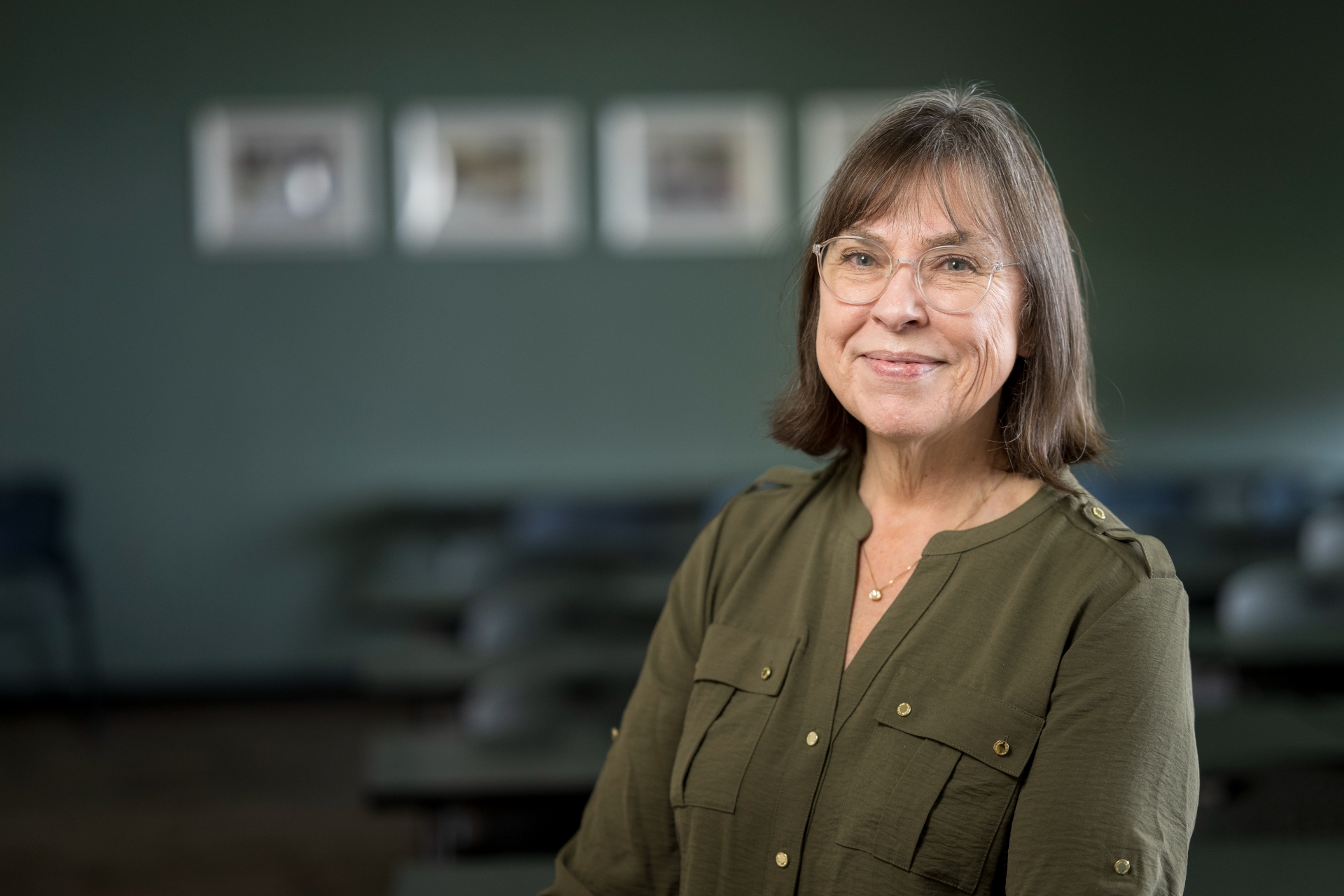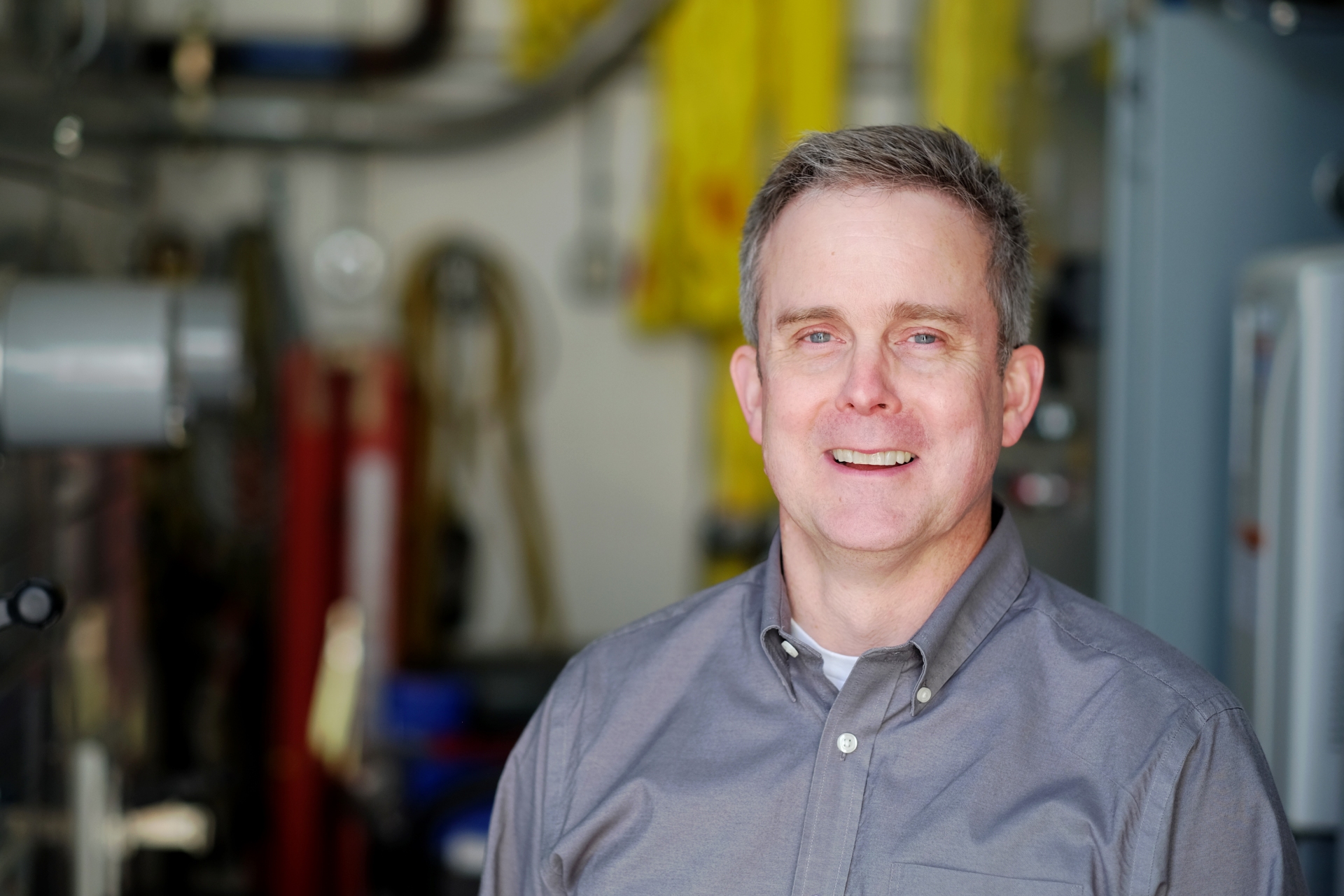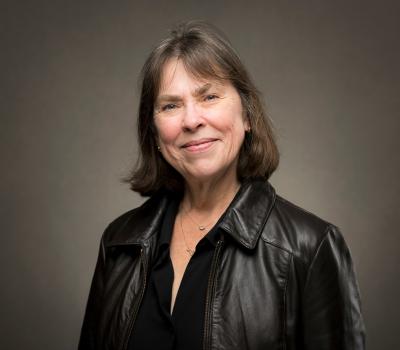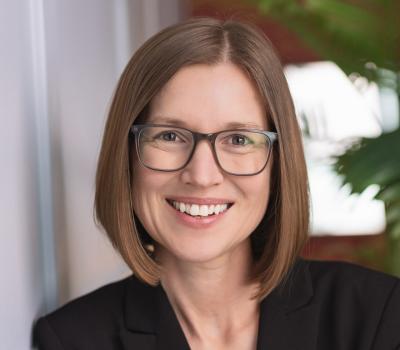Three faculty members from the School of Nuclear Science and Engineering at Oregon State University have been tapped to serve in prominent national leadership positions. The recognition will come as no surprise to those familiar with the school’s longstanding and well-deserved reputation as a research powerhouse and a center of academic excellence.
The school, one of just a handful with its own research reactor, is among the top-ranked academic destinations nationally for nuclear science and engineering. It’s also one of the largest, perennially among the top three in number of nuclear engineering degrees conferred. Its radiation health physics program is both the highest rated and largest in the country. The school is also the birthplace of NuScale Power, a leader in the design and construction of small modular nuclear reactors.
Radiological health and safety

“The NCRP is at the pinnacle of the world’s scientific advisory organizations, and that increases the visibility and reputation of our school and our faculty. The notoriety will also help to attract top students.” - Kathryn Higley
Kathryn Higley, distinguished professor of nuclear science and engineering, was elected president of the National Council on Radiation Protection and Measurements. She began her term as the council’s seventh president in March 2024. The 100-member organization, founded in 1929 and chartered by Congress in 1964, formulates and disseminates recommendations and guidance that represent the consensus of leading scientific thinking about radiation safety and measurements. Its members, who practice in a variety of disciplines, are recognized experts in diverse aspects of radiation protection.
“It’s probably the most important organization that most people have never heard of, and it has a major impact on many aspects of daily life,” said Higley, whose research at Oregon State includes applied studies on radioactivity in the environment, such as an ongoing investigation of the uptake of radionuclides from a uranium-contaminated site in New Mexico.
NCRP committees have generated more than 150 reports and distributed more than 1.5 million copies. The nature of its work typically reflects society’s primary concerns regarding radiological health and safety.
“It depends on what’s on the national radar,” Higley said. “If there’s an incident like Fukushima, then we see more interest in information for first responders after reactor accidents.” Radiation exposure is also a hazard in space travel, so NASA, which plans to send people to Mars and back to the Moon, turned to the NCRP to help it determine the most effective ways to protect astronauts.
“NASA wants to understand radiation’s effects on astronauts, so they approached us for guidance,” Higley said. “Oddly enough, we’ve found that nuclear submariners are great surrogates for astronauts on deep space missions, so we’re mining that data for insight. We also continue to deepen our understanding of radiation effects on humans. Multiple federal agencies have cooperated to fund the Million Person Study, which will contribute greatly to this knowledge.”
More often, though, the issues are less dramatic but still important. One of the most downloaded reports in recent years has been a 2019 review of the use of lead aprons during dental X-rays, according to Higley.
Higley’s long-term goals include raising the council’s visibility by reminding organizations that need direction concerning radiological safety that the NCRP is the best place to go. She also wants to make the council’s work more accessible.
“If a state agency wants to know what the best type of radiation detector is or how to set up an operational radiation safety program, or if a hospital wants to establish a safety program for X-ray technicians, they have to pay for that information,” Higley said. “I’d like to remove the paywall, but that requires a more sustainable economic model for our organization, and that’s something I’m working on.”
Her appointment is also bound to raise Oregon State’s profile.
“The NCRP is at the pinnacle of the world’s scientific advisory organizations, and that increases the visibility and reputation of our school and our faculty. The notoriety will also help to attract top students,” she said. “I’m in a position to offer them insights into the most important research trends and provide them with contacts throughout the nuclear field and at national laboratories. It’s a win all around.”
Ensuring nuclear security, deterrence

“The technologies we are developing will enhance national nuclear security, deterrence, and nonproliferation.” - Camille Palmer
Camille Palmer, associate professor of nuclear science and engineering, serves as deputy director of a $25 million, 16-university consortium established by the National Nuclear Security Administration in February 2023.
Funded by the U.S. Department of Energy, the group is tasked with researching nuclear forensics techniques.
“The technologies we are developing will enhance national nuclear security, deterrence, and nonproliferation,” said Palmer, a nuclear forensics expert.
Nuclear forensics is the science of identifying the source, history, and potential use of nuclear materials, particularly when they have fallen outside of regulatory control. Nuclear forensics can also be applied in the aftermath of nuclear detonations to determine who is responsible for them. In addition, powerful computer models can be used to predict the unique nuclear signature of debris from simulated detonations.
Whatever the scenario, speed is crucial, says Palmer, because decision-makers need reliable scientific information as quickly as possible to manage the situation.
“The ability to rapidly analyze nuclear materials to determine their origin is important for deterrence,” Palmer said. “Currently, though, the timeline can be prohibitive, because you have to send material to a central radiochemical processing lab.”
The consortium will work with national laboratories on several priorities: shortening the chemical analysis of suspect nuclear material to 24 hours or less; developing improved microscopy techniques; finding better ways to investigate low-level radiation signals; and gaining a deeper understanding of the signals emitted by nuclear detonations.
The group’s mission also includes collaborating with key national laboratories to educate the next generation of nuclear forensics scientists.
“Our contributions to the consortium will highlight the nuclear forensics capabilities at Oregon State, where we conduct quite a bit of world-class science to advance the field,” Palmer said.
Managing radioactive waste

“My appointment speaks to how people perceive Oregon State Engineers as serious scientists who can be counted on to produce excellent technical analyses for challenges that have an impact on the entire nation.” - Brian Woods
Brian Woods, head of the School of Nuclear Science and Engineering, has been serving on the U.S. Nuclear Waste Technical Review Board since January 2023.
The 11-member board is an independent agency within the executive branch of the federal government. Its purpose is to perform technical and scientific peer review of Department of Energy activities related to the management and disposal of high-level radioactive waste and spent nuclear fuel.
“My own research is applicable to any type of heat transfer calculations involving the storage, disposal, and transportation of nuclear fuel, as well as groundwater flow through geologic formations, and the behavior of the atmosphere, water, and air around the fuel,” said Woods, who is the Henry W. and Janice J. Schuette Chair in Nuclear Engineering and Radiation Health Physics.
Woods believes that his selection to a national agency that has important implications for public safety burnishes the school’s status as a source of impartial expertise in multiple aspects of nuclear science.
“The new Oregon State strategic plan talks about the College of Engineering as being a place of solutions, and my work on the board makes that real,” Woods said. “We’re addressing a big problem, and we need answers for it. I’m only one person, but I’m working at a high-level agency that reports directly to Congress, and that reinforces the assessment that Oregon State is an organization that gets things done.”
Woods added that he did not apply for the role. Rather, someone recommended him to the National Academy of Sciences, which asked him to join the board.
“My appointment speaks to how people perceive Oregon State Engineers as serious scientists who can be counted on to produce excellent technical analyses for challenges that have an impact on the entire nation,” Woods said.

Keeping up with Todd Palmer
Todd Palmer has a lot going on these days.
On the research front, the professor of nuclear science and engineering is expanding his work at
the Center for Exascale Monte-Carlo Neutron Transport, which was launched in 2021 to develop
ultra-high-speed computer simulations for predicting the behavior of neutrons.
“The fact that we’ve achieved so much in such a short time still amazes me,” Palmer said.
He’s also investigating the use of simulations to interpret vast amounts of nuclear forensics data
for a 16-university consortium. The group’s mission is to improve the efficacy of nuclear
forensics in the service of national security and nonproliferation, and to educate the next
generation of nuclear forensics scientists.
Closer to home, Palmer is leading a task force on research computing at the university, in
anticipation of the new supercomputer that will be installed at the Jen-Hsun Huang and Lori
Mills Huang Collaborative Innovation Complex, which is expected to open in 2026. And he sits
on the coordinating committee that’s focusing on the application of artificial intelligence at
Oregon State. In addition, Palmer is spearheading a major curriculum revision for his school,
which will create several transcript-visible options within a single undergraduate degree.
His contributions have not gone unnoticed. Last spring, the university named Palmer a
University Distinguished Professor, the highest academic honor it can bestow on a faculty
member.
“I’m humbled by the honor,” Palmer said. “My group and I work in a small corner of the
university, but people have seen what we can accomplish, and they understand that it’s worthy of
Recognition."







